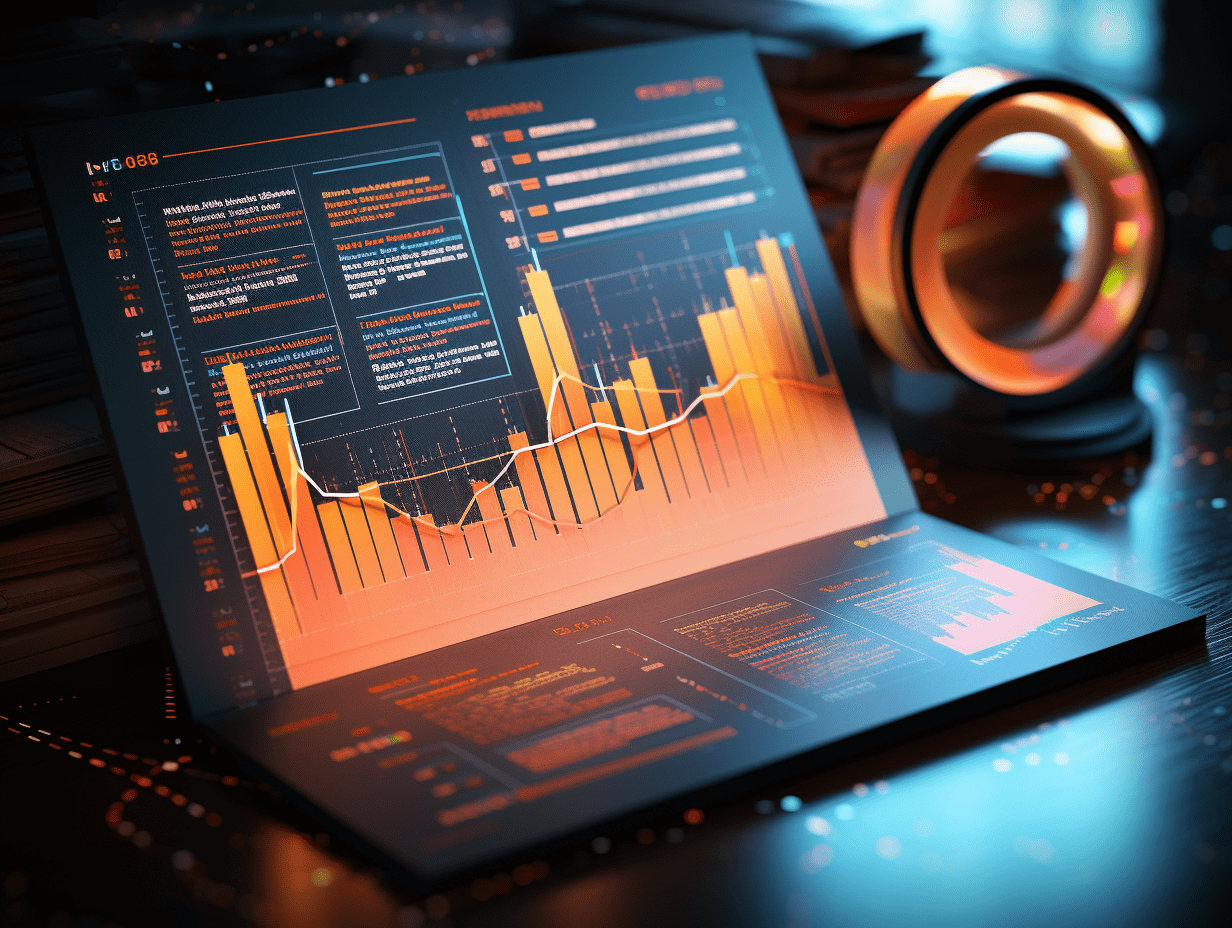Stock market volatility is on the rise! "Bubble fear" replaces "AI frenzy," and investors are cautious about chasing gains: flocking to options to hedge risks.
From chasing the AI trend to turning into bubble panic, prompting investors' demand for US stock options to surge.
After a turbulent month, the S&P 500 index option volatility continues to show an upward trend. The benchmark index ended a three-week streak of gains, with the Chicago Board Options Exchange volatility index briefly soaring to 20 or above on Friday, indicating increasing market pressure. The market correction has halted the rapid rise trend that saw record highs in stock prices and volatility simultaneously increasing, instead of the usual inverse relationship.
In mid-October and last week, various factors led to increased market volatility. Significant fluctuations in individual stock prices after earnings reports signify a fragile market. Furthermore, with a lack of U.S. government economic data, macro analysts have had to look for other sources of information. All of this indicates that the calm in the U.S. stock market during the summer is unlikely to return, especially with the Federal Reserve set to make interest rate decisions in December, ongoing government shutdowns potentially impacting air travel, and increasing layoffs indicating economic weakness.
Maxwell Grinacoff, Head of U.S. Stock Derivative Research at UBS Group, stated over the phone, "Investors are very aware of the increased market fragility. Even though the volatility of the S&P 500 index is relatively small, factors that trigger a 3% market drop or cause the VIX index to rise 5 units are few."
The retreat of the VIX index is narrowing - in October, the index hit a low slightly below 16. Over the summer, the theoretical bottom of the VIX index has been a focus of attention, and before Trump threatened to impose tariffs on China in early October, the risk premium of the index had always been higher than actual volatility.
Grinacoff said investors have been asking him why, despite the S&P 500 index hitting new highs, the VIX index remains above 16 or 17 points. Part of the reason is that traders are both chasing momentum and hedging against downside risks.
Grinacoff added, "As the market rises, investors are certainly hedging, but they have been buying call options actively. Entering the third quarter, there has been an unusually high volume of call options buying."
Others point out that the impact of the U.S. government shutdown and congressional deadlock on Federal Reserve policy is another reason for increased market volatility. Analysis indicates that the VIX index remains higher than the same period last year, while in the context of chasing market rallies and U.S. policy uncertainty, the trend of rising spot prices and volatility becomes stronger.
Derivative strategists at Bank of America noted that increased asset price volatility is one of the clearest signs of a bubble. They state that asset prices are driven by momentum and have deviated from fundamentals, similar to the tech bubble in the early 2000s. They also reference a 2024 study that highlights decreasing predictability of profit prospects during periods of economic turmoil, exacerbating market volatility.
Increased actual price fluctuations and chasing market rallies have led to a moderation in the skew of call options for some U.S. individual stocks, especially in tech stocks.
The "surge" in artificial intelligence in October has similarities to the tech bubble of the 2000s, prompting investors to purchase call options for companies that could potentially benefit from a market "crash," making "two-way risk" a popular term among derivative strategists. The key issue is at which stage the bubble currently is, as its mere presence does not necessarily mean it will burst soon.
Option values may be supported by a broader market volatility, with the actual volatility of the S&P 500 index doubling over the past month to reach its highest level since June. The VVIX index, also known as the "king of volatility," is also rising as investors use VIX options for hedging. At the beginning of last week, some traders also closed out bets on a decreasing VIX, further indicating an expectation for sustained high volatility in the market.
Although individual stock volatility briefly exceeded market index volatility in the early stages of earnings season, the Chicago Board Options Exchange S&P 500 Constituent Volatility Index also hit a record high, far surpassing the VIX index, this situation has reversed as macroeconomic concerns have intensified. As earnings season comes to a close, the trend of increasing individual stock volatility may continue to narrow as news surrounding individual stocks also decreases.
Analysis indicates that rising demand has widened the price difference between individual stock volatility and index volatility to its extremes, and as earnings season comes to a close, this situation has started to reverse.
Related Articles

Valuation concerns and government shutdown fears cast a shadow over the market. After the worst week in months for US stocks, the market may see a calm week ahead.

Federal Reserve's Williams: December rate decision will be a "balanced move"

Goldman Sachs: Nikkei Index Soars 30%, Outperforming US Stocks; Influx of US Capital at Highest Rate Since "Abenomics"
Valuation concerns and government shutdown fears cast a shadow over the market. After the worst week in months for US stocks, the market may see a calm week ahead.

Federal Reserve's Williams: December rate decision will be a "balanced move"

Goldman Sachs: Nikkei Index Soars 30%, Outperforming US Stocks; Influx of US Capital at Highest Rate Since "Abenomics"

RECOMMEND

Short Positions on Xiaomi (01810.HK) Surge 53% in a Week as Memory Price Spike Weighs on Sentiment
07/11/2025

Privatization Wave in Hong Kong Stocks: Exiting Liquidity Traps to Enable Strategic Transformation
07/11/2025

Over 30 Foreign Firms Attend Roundtable as Ministry of Commerce Signals Multiple Policy Shifts
07/11/2025


